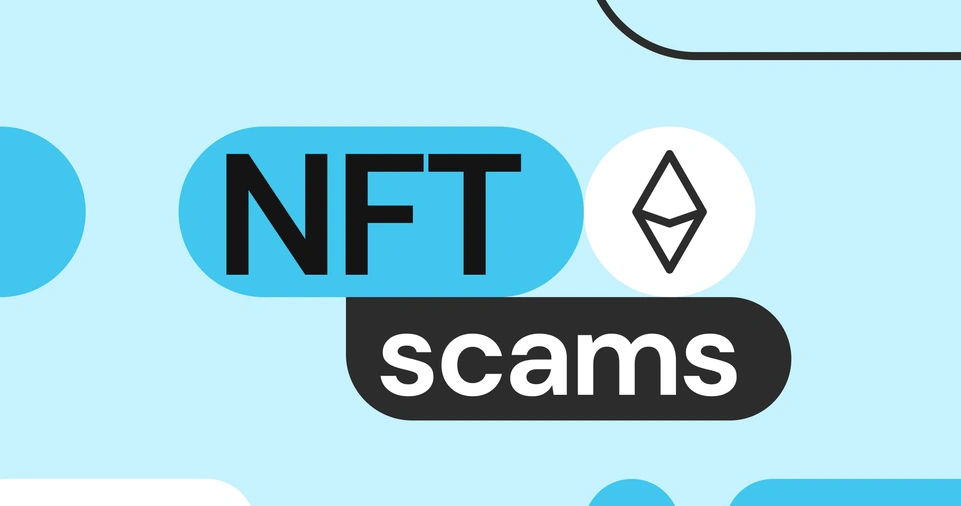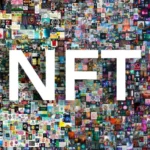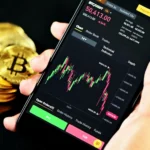Non-Fungible Tokens (NFTs) have revolutionized digital ownership, allowing creators and collectors to buy, sell, and trade unique digital assets on the blockchain.
However, the rising popularity of NFTs has also attracted scammers who exploit unsuspecting buyers with fake NFTs, fraudulent listings, and phishing schemes.
Understanding how to identify fake NFTs and avoid scams is crucial for anyone entering the NFT marketplace.
NFT scams can cause significant financial losses, damage the credibility of legitimate projects, and discourage new users from entering the space.
This guide provides a comprehensive breakdown of how to spot fake NFTs, the types of scams circulating in the market, and the best security practices to protect your digital assets.
What Are Fake NFTs?
Fake NFTs are counterfeit digital assets that fraudsters create to deceive buyers into thinking they are purchasing a legitimate, unique, and valuable NFT. These scams typically involve:
- Plagiarized Artwork: Scammers mint existing digital artwork without the creator’s permission.
- Phishing Scams: Fake websites or links that steal users’ credentials and crypto assets.
- Impersonation Scams: Fraudsters posing as well-known NFT artists or projects.
- Rug Pulls: Projects that suddenly disappear after raising significant funds from investors.
- Duplicate NFTs: Multiple identical NFTs created to deceive buyers into thinking they are purchasing an original.
- Airdrop Scams: Free NFT giveaways that trick users into connecting their wallets, leading to asset theft.
ALSO READ: How to Choose the Right DeFi Platform for Your Investments?
How to Identify Fake NFTs?
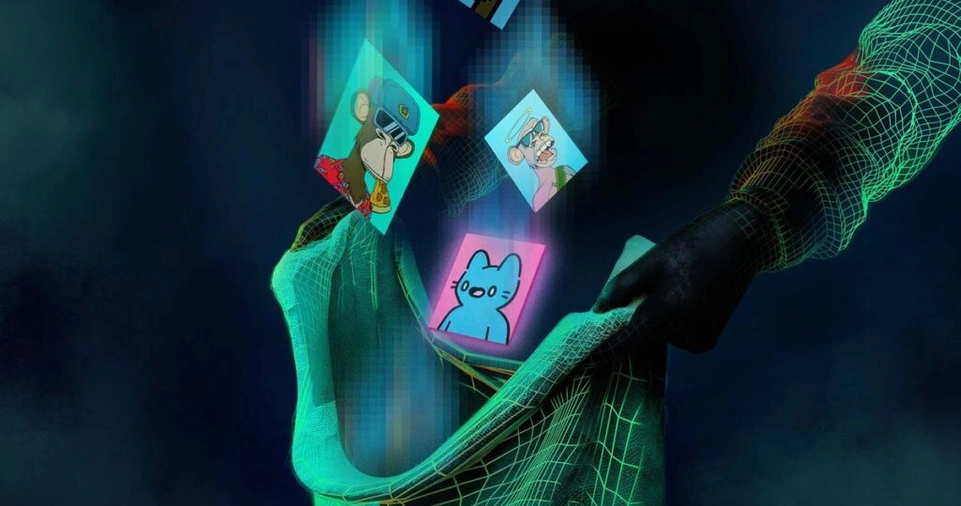
Verify the Seller’s Identity
Before purchasing an NFT, research the seller thoroughly. Consider the following:
- Official Verification: Look for verification badges on platforms like OpenSea, Rarible, and Foundation.
- Social Media Presence: Check the seller’s official Twitter, Discord, or Instagram accounts for legitimacy.
- Past Sales History: A reputable seller will have previous transactions and positive reviews.
- Community Feedback: Join the NFT project’s official Discord or Telegram groups to gather insights from other buyers.
Check the Smart Contract Address
Each NFT project has a unique smart contract address recorded on the blockchain. Ensure that the NFT you are buying is associated with the official contract address of the project.
How to Check Smart Contract Address
- Visit the official website of the NFT project.
- Cross-check the contract address on Etherscan, Polygonscan, or other blockchain explorers.
- Ensure the contract matches the one listed on verified marketplaces.
- Verify the contract details and ensure there are no irregularities in transactions.
Examine the NFT Metadata
Metadata includes details about an NFT, such as its name, description, creator, and properties.
- Right-click and Inspect: In many marketplaces, you can right-click the NFT and check the metadata.
- Cross-Check the Properties: Compare with the official NFT collection to confirm authenticity.
- Use NFT Authenticity Tools: Platforms like CheckNFT and RugDoc provide NFT verification services.
- Check for Watermarks: Some artists add hidden signatures or watermarks that help distinguish real works from fakes.
Beware of Suspiciously Low Prices
If an NFT is listed for significantly less than its market value, it is likely a scam. Fraudsters often use bait pricing to lure buyers into purchasing counterfeit NFTs. Conduct market research on similar NFTs to assess their genuine price range.
Analyze the Transaction History
Legitimate NFTs have a transaction history recorded on the blockchain. Use Etherscan or PolygonScan to check previous ownership records and ensure it aligns with the official project.
An NFT with no transaction history or recent bulk sales of identical copies could be a red flag.
Avoid Phishing Links and Fake Marketplaces
Scammers create fake NFT marketplaces that look identical to real platforms. Always:
- Check the URL carefully.
- Bookmark official NFT platforms.
- Use a hardware wallet to secure transactions.
- Avoid unsolicited messages on social media promoting NFT sales.
ALSO READ: How to Avoid Common Cryptocurrency Scams?
Common NFT Scams and How to Avoid Them
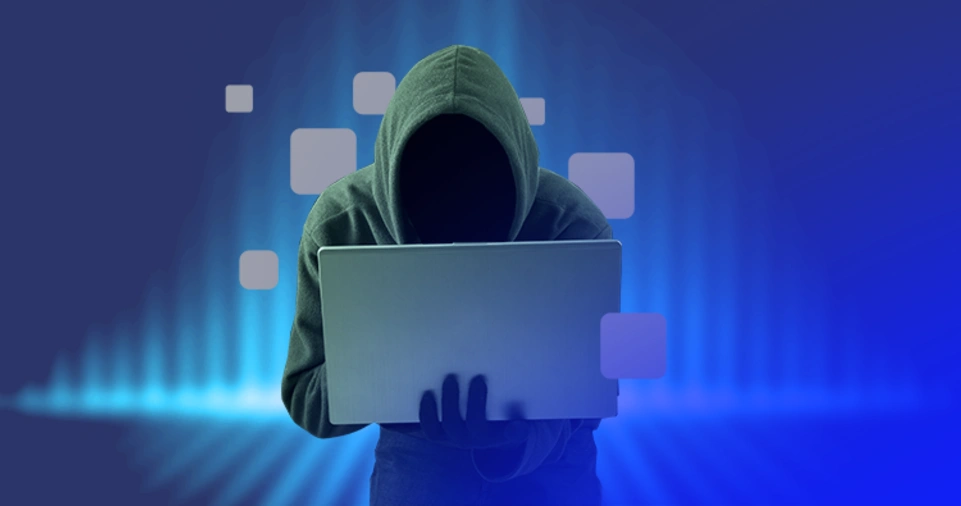
| Scam Type | Description | Prevention Tips |
|---|---|---|
| Phishing Scams | Fake NFT marketplaces and wallet-draining links. | Always verify URLs and never share seed phrases. |
| Rug Pulls | Projects that raise funds and disappear. | Research team background and check smart contract transparency. |
| Counterfeit NFTs | Fake or stolen digital artwork minted as NFTs. | Verify the creator’s profile and official links. |
| Pump and Dump | Artificially inflating an NFT’s value before selling off. | Check organic engagement and past transactions. |
| Bidding Scams | Bidders switching cryptocurrencies (e.g., ETH to USD) at the last moment. | Double-check the bid currency before accepting. |
| Social Engineering Scams | Scammers posing as influencers or NFT project admins. | Never trust direct messages from unknown sources. |
| Airdrop Scams | Free NFT drops that require wallet connections. | Never connect your wallet to unknown platforms. |
Secure Ways to Buy NFTs
To ensure a safe NFT purchase, follow these best practices:
- Use Reputable Marketplaces – Buy from platforms like OpenSea, Rarible, SuperRare, and Foundation.
- Enable Two-Factor Authentication (2FA) – Secure your NFT wallets with 2FA.
- Store NFTs in a Hardware Wallet – Use Ledger or Trezor for maximum security.
- Join Community Discussions – Engage with verified Discord or Twitter communities for project insights.
- Avoid Urgency Traps – Scammers create urgency to trick buyers; always take time to verify authenticity.
- Use a Burner Wallet – When interacting with new NFT platforms, use a separate wallet with limited funds to minimize risks.
- Educate Yourself – Stay updated on NFT security trends and emerging scam tactics.
What to Do If You Get Scammed

If you fall victim to an NFT scam, act quickly:
- Report the Scam – Contact the NFT marketplace and provide transaction details.
- Notify the Community – Share your experience on social media to warn others.
- Check for Fund Recovery Options – Some blockchain security services specialize in tracing stolen funds.
- Increase Security Measures – Change passwords, enable 2FA, and consider moving assets to a more secure wallet.
ALSO READ: How to Turn Your Crypto Knowledge into a Profitable Blog?
Conclusion
The NFT space offers exciting opportunities, but it also comes with risks. By following these security measures, verifying sellers, and staying cautious of common scams, you can safely navigate the NFT ecosystem.
Always do your due diligence before making any purchases and never share your private keys or seed phrases with anyone. Awareness and vigilance are your best defenses against fraud in the NFT marketplace.

